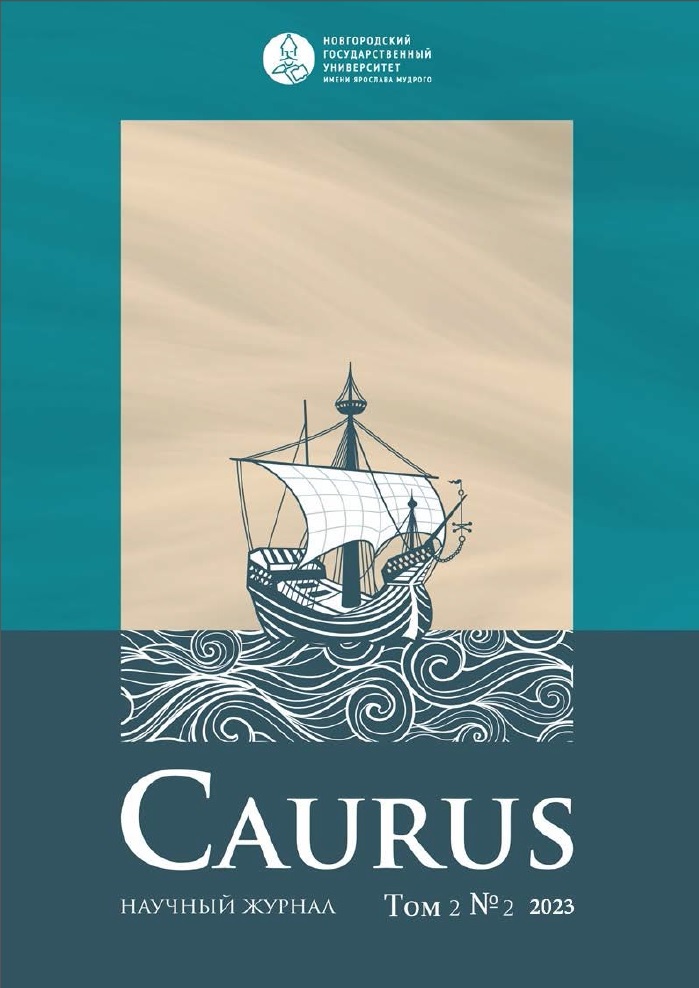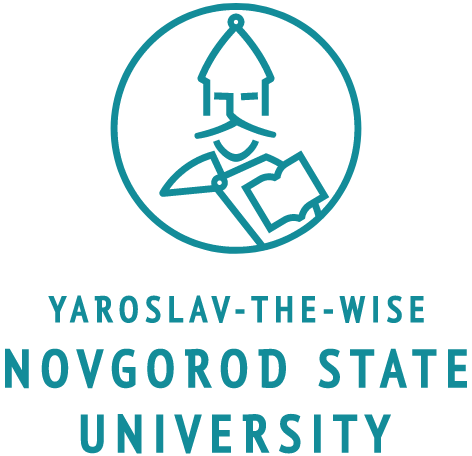Marienburg Road in 16th Century According to Cartographic Sources: Section from Alūksne to Russian Border
DOI:
https://doi.org/10.34680/Caurus-2023-2(2)-31-41Keywords:
Livonia, Russian state, unusual trade, communication routes, borderlands, Swedish mapsAbstract
The Marienburg Road was actively used by the participants of the Russian-Hanseatic "unusual trade" in the 16th century. This main trade route along the entire length from Riga to Marienburg (Alūksne) has been reconstructed by researchers. The least studied section of the road is the section from Marienburg to the Russian border. Using a retrospective method, the author analyzes Swedish cartographic sources of the 17th century including a map of Estland, Livonia and Courland, 1630; geographical map of Ingria, Estland and Livonia of the first half of the 17th century; a geographical map of Karelia, Ingria, Estland and Livonia of the second half of the 17th century; a drawing of noble estates near Neuhausen, 1684; map of Swedish Livonia, 1686; a drawing of Swedish Livonia, 1686; a road atlas of Dorpat, 1695; a plan of Marienburg with the district, 1700; a drawing of the Duchy of Livonia, 1702. The information obtained is compared with the data from the sources on the history of the Livonian estates in the 16th century and from travel descriptions. A reconstruction of the road section from Marienburg through Semershof (Ziemere) and Rogosi (Ruusmäe) to Neuhausen (Vastseliine) is proposed.







